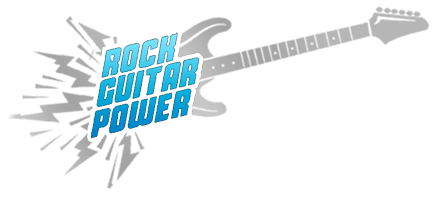Guitar Tablature – Pros and Cons
When I start working with a new student I have a huge responsibility on how I am going to train them to read music so that they can play the songs that they want to play. There are two main options for any student to work with; reading real sheet music or reading guitar tablature. The biggest factor that I consider when deciding what path to lead my students down is their age. Basically if they are 12 or younger, I start them off on site reading and teaching them how to read real music.
If they are a teenager or older, I usually start them off with reading guitar tabs. The main reason for using guitar tabs instead of real sheet music is to keep them interested in getting better. After working with hundreds of students I have found that the younger they are, the better and quicker they learn whatever I teach them. While I always keep in mind the most important elements that any guitar player should understand, I must also make sure that the student is having fun and learning what they want to learn as quickly as possible.
Guitar tabs are for the most part easier to read and understand than real sheet music. They do however lack two very critical components; Rhythm (how long each note is held out for) and Dynamics (how loud or soft you should be playing).
Not all tabs are created equal! There are a few different types of tabs that are available to guitar players and it is important to understand the difference between them. Tabs formatted with programs such as The Power Tab Editor or Guitar Pro are very detailed and often have the real sheet music right above the tab. This enables you to see the rhythm and possibly the dynamics too. Whenever I search out tabs for students, I always make sure that they are in either of these two formats. The other type of tabs that are very popular online are home made tabs that use a system of numbers and dashes to represent the strings on the guitar.
An example of this would be something like this:
Eb————–15—-14- -|————–15—-14—|—-
Bb—–15——————|—–15——————|—-
Gb——–14-12—-14–14-|——–14-12—-14—-14|—
Db–12———————|–14———————|—-
Ab————————-|————————-|—-
Eb————————-|————————-|—-
While you can learn the riff or melody from this type of tab, it is usually not as accurate and is harder to understand. I generally steer people away from this type of tabulature whenever possible. If there are no other options available, then by all means go for it. The one thing that I would suggest is to have a recording of the song nearby so that you can figure out the rhythm and see how it relates to the tab.
Regardless of what type of tab you end up using to learn the song your working on, always let your ear be the final judge. If, after you learn the song, some things just don’t sound right then there is usually something wrong with the tab provided you played it the right way. Look for another version of the song or try to use your ear and figure out what sounds best. The most common errors to look out for are that the song is in a different key or a capo is used to transpose the song. It is not always notated that a song uses a different tuning or uses a capo. This will certainly cause things to sound wrong when you learn it and then play along to the recording. Remember that learning songs should be fun and exciting. You will always encounter frustrations when learning new techniques but hang in there and practice hard!

Hi,
i think i have found a way to teach anyone to read and write music in less than an hour if one understands what a measure and a scale is.
Yeah, the problem is that most tabs on the internet do not show you the rhythm of a song, so it’s close to impossible to learn a song from tabs, if you’ve never heard the song before.